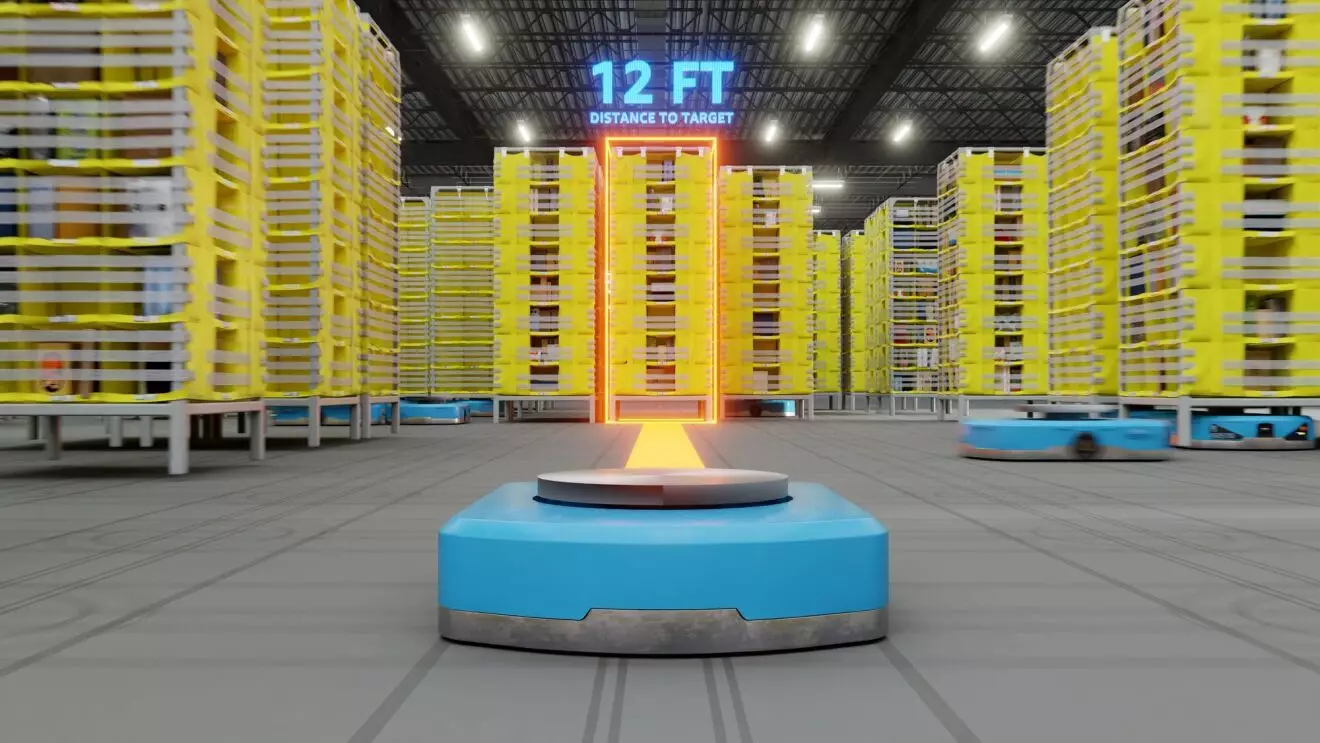Amazon’s deployment of its one millionth robot marks a pivotal moment in the ongoing revolution of industrial automation. For over a decade, the tech giant has been quietly replacing manual labor with increasingly sophisticated machines, transforming fulfillment centers into sprawling hubs of mechanized activity. What initially seemed like a futuristic concept is now an undeniable reality, fundamentally altering the landscape of warehouse work and logistics.
This milestone isn’t just a quantitative achievement; it symbolizes a shift in how companies harness technology to optimize efficiency and reduce costs. While some may celebrate the technological prowess behind such accomplishments, many should critically question what this means for the human workforce and the broader societal impacts. The rapid scaling of robotic systems hints at a future where physical labor is increasingly devalued, raising questions about employment security, skill redundancy, and economic inequality.
The Hidden Costs of Automation and the Human Element
Despite claims that robots bolster worker efficiency and create better job roles, the narrative often omits the nuanced reality faced by human employees. Take, for example, the story of Neisha Cruz, whose shift from manual package picker to robotic oversight drastically improved her earning potential. Such examples are often highlighted to paint automation as an empowerment tool. However, they risk glossing over the broader displacement of monotonous and physically demanding jobs, which historically serve as entry points for low-wage workers.
The aggressive integration of robots like Vulcan, equipped with touch sensors and AI capabilities, propels this shift further. Amazon’s assertion that these machines are “self-improving” and capable of better coordination suggests a future where human intervention becomes less necessary over time. But at what cost? Are we truly enhancing human labor or simply excising it to maximize profit margins? The focus on achieving higher package throughput—billions shipped per year—sidelines the human element, often reducing workers to supervisory roles that require higher skill levels but offer fewer opportunities for employment growth.
The Double-Edged Sword of Efficiency and Innovation
The argument that automation leads to better-paid and more rewarding jobs is overly optimistic, bordering on wishful thinking. It assumes that society can easily transition displaced workers into roles that require more advanced skills without significant upheaval or retraining. The reality, historically, is more complex. Automation often results in job polarization, where low-wage roles are eliminated, and the remaining jobs demand either highly specialized skills or managerial oversight, creating a wider socioeconomic divide.
Furthermore, tracking Amazon’s efficiency metrics—such as increasing shipped packages per employee from 175 to nearly 4,000—illustrates the relentless pursuit of operational excellence. But it also highlights an obsession with scalability at the expense of worker wellbeing and stability. The question arises: will these technological advances truly democratize work, or will they deepen existing inequalities by privileging corporate interests over human needs?
A Future Defined by Innovation or Alienation?
Amazon’s embrace of generative AI models like DeepFleet signals an era where robotics operate in cohesive, intelligent ecosystems. Such advancements may improve logistical speed and reduce costs, but they also raise profound existential concerns. Will human workers become mere spectators, their roles confined to oversight rather than hands-on contribution? Will the promise of “smarter” robots turn into a form of industrial alienation, where human agency is diminished?
Despite optimistic claims that robots free humans from menial labor, this narrative often overlooks the social networks and identities tied to traditional jobs. If automation continues unchecked, entire communities dependent on such employment could face marginalization. Society must grapple with whether technological progress serves as a tool for human enhancement or a mechanism for corporate consolidation and societal dislocation.
The revolution driven by Amazon’s robotic ambitions is a double-edged sword—bringing undeniable efficiency and innovation, yet simultaneously threatening to erase the very fabric of human employment and dignity. Recognizing this, we must critically assess whether our quest for progress aligns with a sustainable and equitable future for all.

